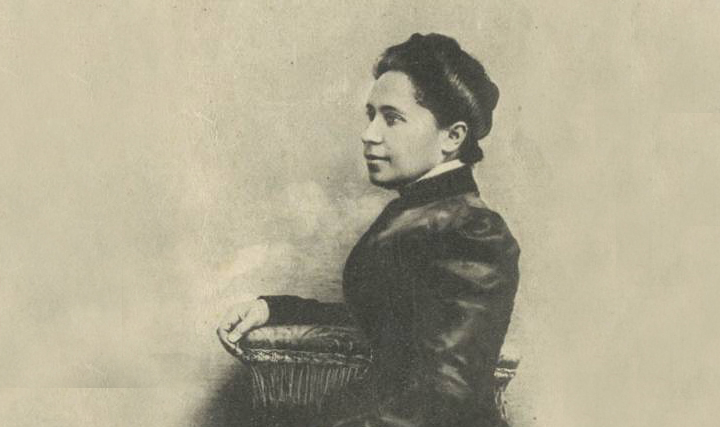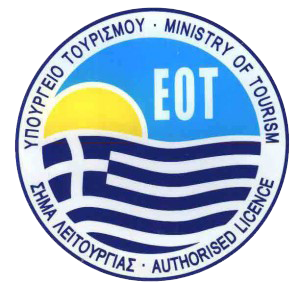
Who was Sevasti Kallisperi?
Who was Sevasti Kallisperi?
Posted on September 14, 2021
We have already introduced you to the Six Voids. It’s the quite unusual playground of Kallisperi str., under the Acropolis hill. This street is one of the most beautiful in the neighborhood! Featuring samples of neoclassical architecture, with small alleys in between them. But where did it get its name from?
Ta-daaah, the owner of the name is a woman!! Quite unusual, street names are mainly after important male personalities, but Kallisperi str. is an exception. Sevasti Kallisperi was a well-known instructor, one of the first female teachers. Also a pioneer with exceptional work for the Greek educational renewal. Plus, she has a truly interesting story.
In an attempt to make the difference
Sevasti was part of an affluent and well-educated family. Eventually, she was not restricted from education, unlike most girls of her era. Wealthy or not, a girl was not allowed to go to high school or enroll in University. The Greek state introduced obligatory primary education -free of charge- for both boys and girls in 1834. Anything more than that was a men’s privilege, not to mention that high school was not for free until 1836. Against all odds, Sevasti’s father helped her to start studying at the University of Athens. But, unfortunately, she was rejected more than once. She left for Paris, studied in Sorbonne, and continued in further education abroad.
Returning home, she worked as a teacher and a supervisor for primary schools. Her dream was to establish equality in the educational system for both sexes. Actually, she worked really hard to achieve anything close. She wrote essays regarding girls’ right to education after elementary school. Most of these essays reached the Parliament as official proposals for educational improvements. She also researched other countries’ systems and facilities, to improve conditions for Greek students. The state was not ready yet to empower education for all. Sevasti Kallisperi introduced the common apparel for all children when in school -the well-known “podia”. Its name is the Greek word for “apron”. It was a uniform for the pupils, more often seen in blue color. This way she reclaimed equality not just between the sexes, but also between different classes and statuses. Through the apparel, she passed a message that in school children are equal, no matter where the family lives. The mandatory use of uniforms in schools ceased in 1982 -quite recently!
The house in Acropolis and the last will
Sevasti used to live with her brother in the street now bears her name. She chose the spot in 1911 when the Acropolis neighborhood was far from the political and cultural city center. It was an almost marginal quarter of the growing Athens. Her house neglected yet still standing, is in Kallisperi str. and Parthenonos corner. With a great view to Areopagitou str. and the Odeon of Herodes Atticus.

Back then, Sevasti Kallisperi’s residence was the first luxurious house in this area -so it was an attention-drawer. Besides, its architecture made it so special. Its monumental character of neo-gothic elements and the emblematic corner style remain impressive to the present day. Sevasti dreamt of the building as a kindergarten; So, after her brother’s death, she bequeathed their property to the Greek State. Her wish was to be used for educational purposes. Her dream hasn’t come true until now. However, there is still time for the building’s radical renewal, in order to fulfill the owner’s vision. After all, she was a special and innovative woman!
Photo credits: George Fiorakis, Monumenta













